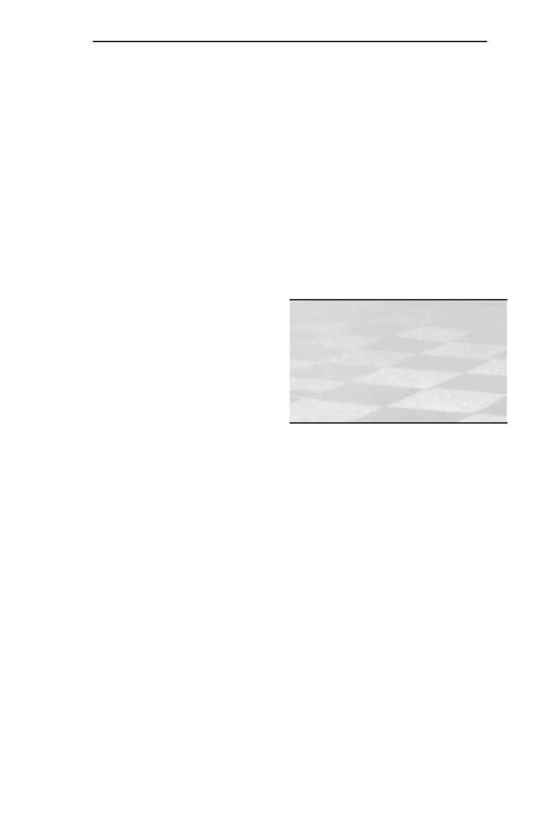
introduction
vii
www.petersons.com
many college administrators are ambivalent, at best, about the ranking phe-
nomenon. "I am extremely skeptical that the quality of a university--any
more than the quality of a magazine--can be measured statistically," wrote
Gerhard Casper, former president of Stanford University, to U.S. News a
few years ago. "However, even if it can, the producers of the U.S. News
rankings remain far from discovering the method."
He and others argue that rankings create the false impression that
the college experience can be reduced to a single number and that there
really is one "best" college. They lead students to believe there is a
meaningful difference between
a college ranked 28 and another
ranked 29. Essentially, they en-
courage students to scramble up
a nonexistent ladder and get as
close as possible to a fictional
number one institution. They
encourage students to look for
the right number, not the right fit. "Harvard or bust" is how some
college counselors describe a goal that produces unhealthy levels of stress
for families and an increasingly unbalanced higher education system.
For all its faults, however, U.S News' rankings do respond to a
legitimate need. Students and parents do need more information when
selecting a college. Unfortunately, colleges have, in general, done a poor
job of articulating the value of a strong liberal arts education to pro-
spective students. In a highly competitive admissions climate, colleges
and universities have become adept at marketing. But all too often, the
results are superficial and interchangeable promotional brochures and
sound-alike campus tours.
Some educators believe colleges are getting what they deserve.
U.S. News and other publications that rank colleges "fill an obvious
gap in public information," acknowledged the editor of a leading higher
Insights from college presidents and
deans interviewed for College
Rankings Exposed paint a far
richer and more exciting portrait
of college life than any ranking can
accurately measure.
